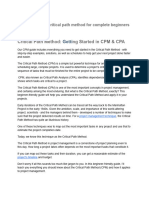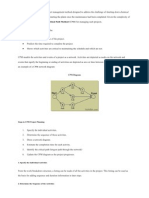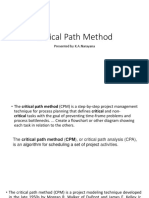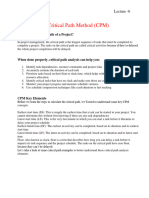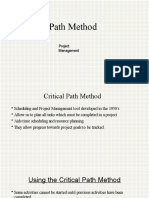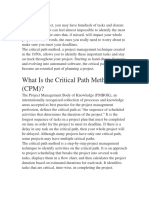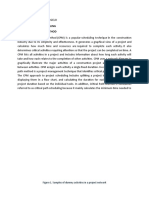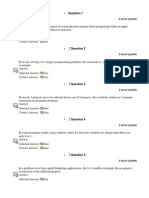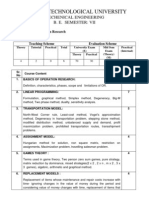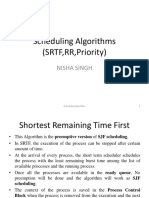0% found this document useful (0 votes)
39 views28 pagesChapter 2 Lesson2a Critical Path
The Critical Path Method (CPM) is a project management technique that identifies the longest sequence of critical tasks necessary for project completion, where delays in these tasks will directly impact the project's timeline. It helps project managers optimize scheduling, visualize dependencies, and allocate resources efficiently. The method involves calculating early and late start and finish times for tasks, ultimately determining the critical path that dictates the project's minimum duration.
Uploaded by
marcmercado2004Copyright
© © All Rights Reserved
We take content rights seriously. If you suspect this is your content, claim it here.
Available Formats
Download as PDF, TXT or read online on Scribd
0% found this document useful (0 votes)
39 views28 pagesChapter 2 Lesson2a Critical Path
The Critical Path Method (CPM) is a project management technique that identifies the longest sequence of critical tasks necessary for project completion, where delays in these tasks will directly impact the project's timeline. It helps project managers optimize scheduling, visualize dependencies, and allocate resources efficiently. The method involves calculating early and late start and finish times for tasks, ultimately determining the critical path that dictates the project's minimum duration.
Uploaded by
marcmercado2004Copyright
© © All Rights Reserved
We take content rights seriously. If you suspect this is your content, claim it here.
Available Formats
Download as PDF, TXT or read online on Scribd
/ 28
